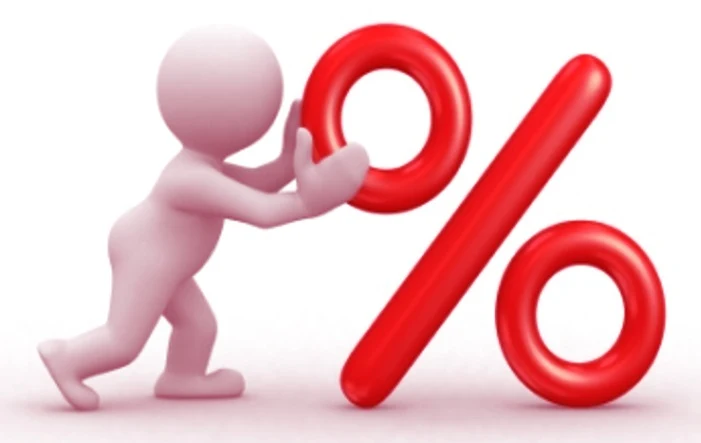Percentage means, a part per hundred. If you have to calculate the percentage of a number, divide it by the whole number and multiply it by 100. Find out more formulas and tricks.
Percentage - Introduction, Formula & Uses
In mathematics, a percentage is defined as a number or ratio that can be expressed as a fraction of 100. If we need to calculate the percentage of a number, we divide it by the whole number and multiply it by 100. As a result, the percentage denotes a part per hundred. The term % refers to one-hundredth of a percent. We denote percentage by the symbol "%."
Percentages do not have a dimension. As a result, it is known as a dimensionless number. When we say a number is 50% of its total, we mean 50% of its total. Percentages can also be expressed as decimals or fractions, such as 0.6 percent, 0.25 percent, and so on. In academics, grades are given in the form of percentages for each subject. Dharam, for example, received 78 percent on his final exam. As a result, this percentage is calculated based on Dharam's total marks in all subjects added to the total marks. A simple percentage formula can be used to calculate the percentage.
What is Percentage?
The term percentage comes from the Latin word 'per centum,' which means 'by the hundred.' A percentage is a fraction or a ratio in which the value of the whole is always zero. The symbol " percent " represents the term percentage. It is a very simple subject to grasp. The percentage is a mathematical concept that can be found in a variety of contexts.
History of Percentage
Long before the decimal system existed, computations in Ancient Rome were frequently made in fractions multiples of 1/100. For example, Augustus imposed a centesima Rerum venalium tax of 1/100 on goods sold at auction. Calculating with these fractions was the same as computing with percentages.
In the Middle Ages, as money denominations grew, computations with a denominator of 100 became more common, to the point where it became common for arithmetic texts to include such computations from the late 15th century to the early 16th century. Many of these texts used these techniques to analyse profit and loss, interest rates, and the Rule of Three.
Formula to Calculate Percentage
(Value/Total value) multiplied by 100 is the formula for calculating the percentage. Let's look at an example of calculating a percentage using this method.
Assume you gave an exam in which the marks from five subjects were added to calculate the percentage. The following are the five subjects and their respective marks:
- 90/100 in mathematics
- 95/100 in Social Science
- 85/100 in Sanskrit
- 100 / 100 in English
- 95/100 in Hindi
According to the formula, the total marks are 100 + 100 + 100 + 100, which equals 500, and the total marks obtained are 90 + 95 + 85 + 100 + 95, which equals 465. When we enter the value into the formula Value / Total value multiplied by 100, we get:
(465 / 500) × 100= 93 %.
Examples of Percentage
Example 1) Mahima purchased 30 books and only read four of them. Determine the percentage of books he did not read.
Solution:
- Total number of books purchased = 30
- Number of unread books = 30 – 4 = 26
- Percentage required = (26 / 30) 100 = 86.6%

